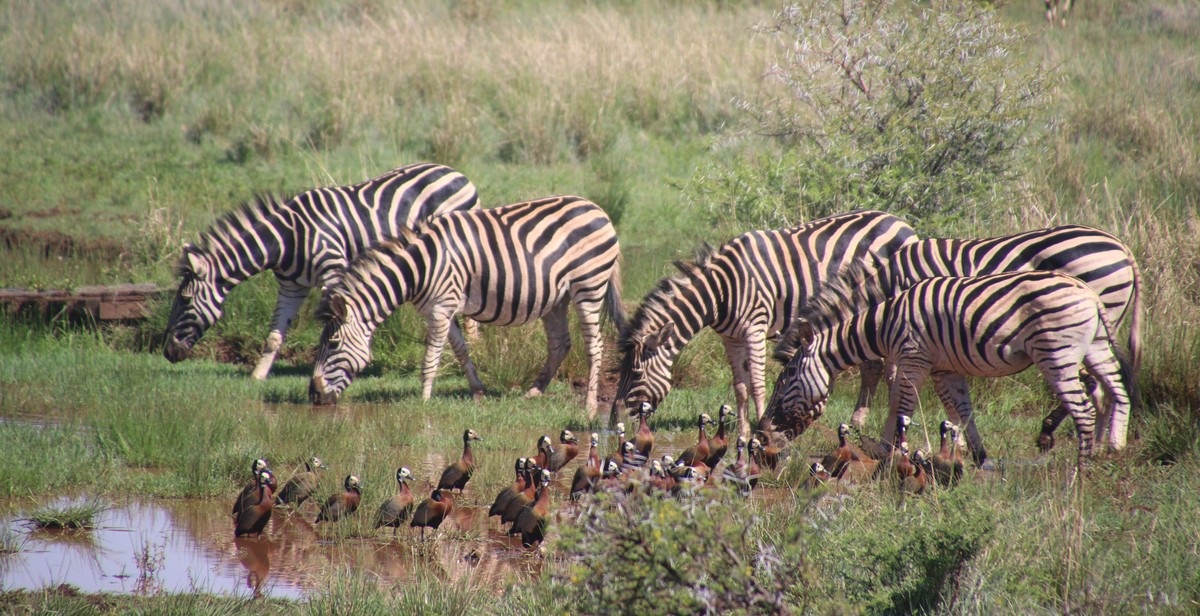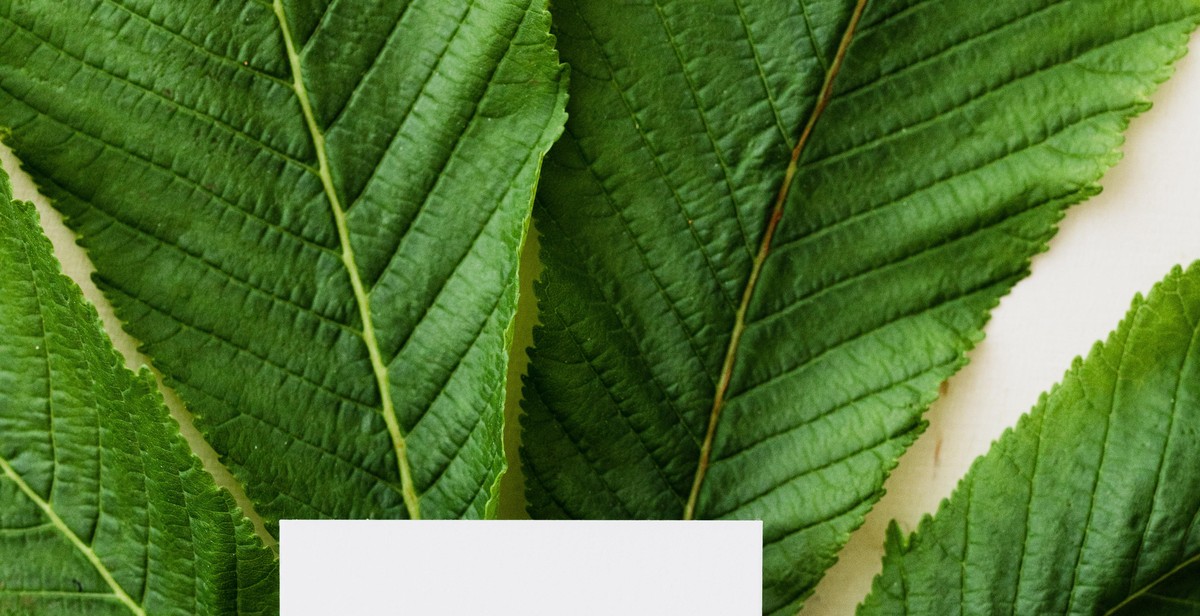How to Start a Nature Club: Organizing Outdoor Activities and Conservation Projects
If you are passionate about nature and want to make a positive impact in your community, starting a nature club could be the perfect way to do so. Nature clubs are a great way to bring people with similar interests together and provide a platform for individuals to participate in outdoor activities and conservation projects.
Why Start a Nature Club?
There are numerous benefits to starting a nature club. Firstly, nature clubs provide a platform for individuals to connect with like-minded people who share their passion for the environment. Secondly, nature clubs can be a great way to participate in outdoor activities such as hiking, bird watching, and camping. Thirdly, nature clubs often organize conservation projects and initiatives that can have a positive impact on the local environment.
Starting a nature club is also a great way to give back to your community and create a positive change. Nature clubs can help raise awareness about environmental issues and educate individuals on how to live a more sustainable lifestyle.
Overall, starting a nature club is a great way to connect with nature, meet new people, and make a positive impact in your community. If you are interested in starting a nature club, this article will provide you with all the information you need to get started.

Step 1: Gather a Group of Like-Minded Individuals
Starting a nature club can be an exciting and rewarding experience, but it all begins with finding a group of like-minded individuals who share your passion for the environment. Here are some tips on how to gather members for your nature club:
Where to Find Members
The first step in finding members for your nature club is to reach out to your local community. Consider posting flyers in local community centers, libraries, and parks. You can also use social media platforms like Facebook, Twitter, and Instagram to spread the word about your club and attract members.
Another great way to find members is to partner with other local organizations that share your passion for the environment. Reach out to local schools, environmental groups, and community centers to see if they would be interested in collaborating with your club.
Defining the Club’s Purpose and Goals
Before you start reaching out to potential members, it’s important to define the purpose and goals of your nature club. This will help you attract members who share your vision and are committed to the same goals.
Consider what activities and projects you want your club to focus on. Do you want to organize outdoor activities like hiking, camping, and birdwatching? Or do you want to focus on conservation projects like cleaning up local parks and waterways?
Once you have a clear idea of your club’s purpose and goals, you can start reaching out to potential members who share your vision. Make sure to communicate your club’s goals clearly in your outreach efforts, so that potential members know what they are signing up for.
By gathering a group of like-minded individuals who share your passion for the environment, you can create a strong and dedicated nature club that can make a real difference in your community.

Step 2: Plan Outdoor Activities
Planning outdoor activities is a crucial step in starting a nature club. Here are some tips to help you choose, schedule, and organize your activities:
Choosing Activities
When choosing activities, consider the interests and abilities of your members. Some popular outdoor activities for nature clubs include:
- Hiking and nature walks
- Birdwatching
- Camping and backpacking
- Canoeing and kayaking
- Gardening and landscaping
- Volunteering for conservation projects
It’s important to choose activities that align with your club’s mission and goals. For example, if your club focuses on bird conservation, birdwatching and volunteering for bird-related projects would be appropriate activities.
Scheduling
Once you’ve chosen your activities, it’s time to schedule them. Consider the time of year, weather conditions, and the availability of your members. You may want to create a calendar of events to share with your members.
It’s also important to consider the duration of your activities. Some activities may only take a few hours, while others may require an entire weekend. Make sure to communicate the schedule and duration of each activity with your members in advance.
Logistics
When planning outdoor activities, it’s important to consider logistics such as transportation, equipment, and safety. Here are some things to keep in mind:
- Will you need to carpool or rent a bus to get to the activity location?
- What equipment will you need for the activity (e.g. camping gear, binoculars, gardening tools)?
- Do you need to obtain permits or permission to access the activity location?
- What safety considerations need to be addressed (e.g. first aid, emergency communication)?
Make sure to communicate logistics information with your members in advance, so everyone is prepared for the activity.
| Date | Activity | Location |
|---|---|---|
| April 10 | Spring Wildflower Walk | Local nature preserve |
| May 15-16 | Camping and Hiking Trip | State park |
| June 5 | Beach Cleanup | Local beach |

Step 3: Conservation Projects
Identifying local environmental needs is the first step in creating a plan of action for conservation projects that your nature club can undertake. Some common environmental issues that may be present in your local area include air and water pollution, deforestation, loss of biodiversity, and climate change. Once you have identified the environmental needs in your area, you can begin to brainstorm conservation projects that can help address these issues.
Create a Plan of Action
Creating a plan of action is crucial for the success of any conservation project. Your plan should include the following:
- Goals: Clearly define the goals of your project. What do you hope to achieve? How will you measure success?
- Timeline: Create a timeline for your project. When will you begin? How long will it take?
- Budget: Determine the budget for your project. How much money will you need? How will you fundraise?
- Volunteers: Recruit volunteers for your project. Who will be responsible for what tasks?
Once you have a plan of action in place, you can begin to work on your conservation project. Some ideas for conservation projects that your nature club can undertake include:
- Organizing a community clean-up event to remove litter and debris from a local park or beach.
- Planting native trees and plants to help restore habitats and improve biodiversity.
- Building birdhouses or bat boxes to provide homes for local wildlife.
- Organizing a recycling program in your community to reduce waste and promote sustainability.
- Hosting educational events to raise awareness about environmental issues and promote conservation efforts.
| Goal | Timeline | Budget | Volunteers |
|---|---|---|---|
| Plant 100 native trees in a local park | Spring 2022 | $500 for trees and supplies | 10 volunteers to plant and maintain trees |
Remember to always prioritize safety during your conservation projects, and to follow any local regulations or guidelines. By working together as a nature club, you can make a positive impact in your local environment and inspire others to do the same.

Step 4: Funding and Resources
Starting and running a nature club requires funding and resources to support your activities and conservation projects. Here are some ways to secure the necessary funding and resources for your club:
Fundraising and Grant Opportunities
One of the most effective ways to secure funding for your nature club is through fundraising. You can organize events such as bake sales, car washes, and auctions to raise money. You can also set up a crowdfunding campaign on platforms like GoFundMe or Kickstarter to reach a wider audience.
Another option is to apply for grants. There are many organizations and foundations that offer grants for environmental and conservation projects. Some of these include:
- The National Environmental Education Foundation
- The American Forest Foundation
- The National Fish and Wildlife Foundation
- The Environmental Protection Agency
Before applying for a grant, make sure you read the guidelines carefully and tailor your application to meet the specific requirements of the grant.
Equipment and Supplies
To organize outdoor activities and conservation projects, you will need equipment and supplies. Here are some options for acquiring them:
- Borrow from local organizations: Check with local parks, schools, and community centers to see if they have any equipment or supplies that you can borrow for your activities.
- Buy used equipment: Look for used equipment on websites like Craigslist or Facebook Marketplace. This can be a cost-effective way to acquire necessary items.
- Rent equipment: Renting equipment can be a good option if you only need it for a short period of time. Check with local rental companies to see what options are available.
- Apply for grants: Some grants may include funding for equipment and supplies.
Remember to always prioritize safety when choosing equipment and supplies for your activities.
| Funding | Equipment and Supplies |
|---|---|
| Fundraising | Borrow from local organizations |
| Grants | Buy used equipment |
| Rent equipment | |
| Apply for grants |

Step 5: Promote Your Nature Club
Now that your nature club is up and running, it’s time to promote it to attract new members and increase your reach. Here are some effective ways to promote your nature club:
Social Media Presence
Social media is a powerful tool for promoting your nature club and reaching a wider audience. Create social media accounts on platforms like Facebook, Twitter, and Instagram and regularly post updates about your club’s activities, events, and conservation projects. Use relevant hashtags to increase visibility and engage with your followers to build a strong online community.
Collaborating with Other Organizations
Collaborating with other organizations can help you promote your nature club to their members and followers. Reach out to local environmental groups, conservation organizations, and outdoor clubs and propose collaboration opportunities. You can organize joint events, share resources, and cross-promote each other on social media and other platforms.
Other Promotion Strategies
Here are some additional ways to promote your nature club:
- Create flyers and posters and distribute them in local community centers, libraries, and parks
- Host an open house event to showcase your club’s activities and attract new members
- Offer incentives for members who recruit new members
- Partner with local businesses and offer discounts or special promotions for your club members
| Platform | Post |
|---|---|
| Join our nature club and explore the great outdoors with like-minded individuals! We organize hiking trips, birdwatching, and conservation projects. #natureclub #outdooractivities #conservation | |
| Love nature? Join our club and make a difference in your community! #natureclub #conservation #outdooractivities | |
| Explore the beauty of nature with our club! Follow us for updates on our latest adventures. #natureclub #outdooractivities #conservation |
Promoting your nature club is crucial for attracting new members and increasing your impact on the environment. Use these strategies to build a strong online presence and collaborate with other organizations to reach a wider audience.
